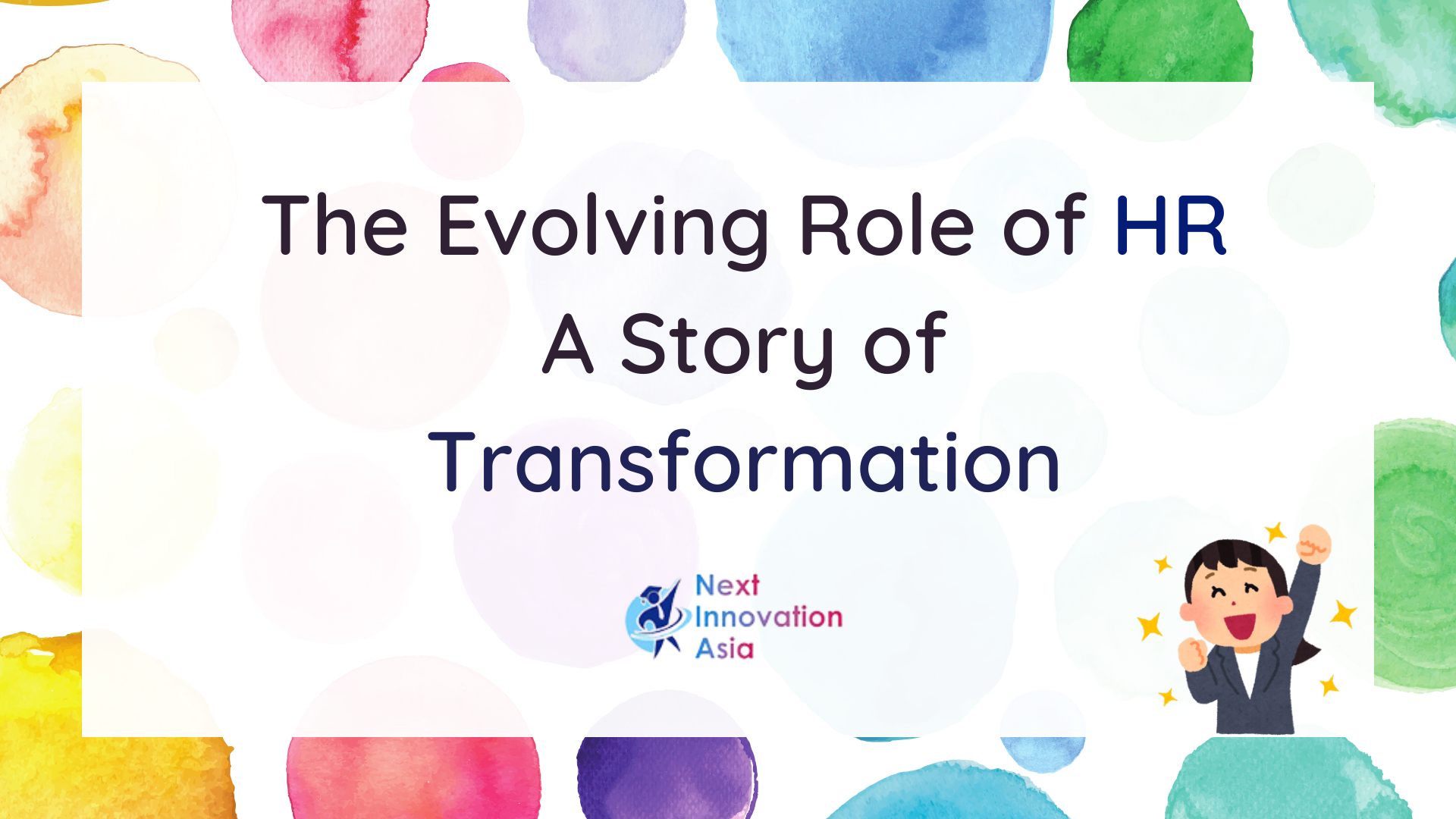Once upon a time, Human Resources (HR) was the department most people only interacted with when they had to fill out paperwork, update their benefits, or go through an annual performance review. It was seen as a back-office function, a necessary but often overlooked part of the organization. But that was then.
It all started when businesses realized that the true engine behind their success was their people. HR professionals, once just recruiters and administrators, began taking a seat at the table with senior leaders. They weren’t just filling open positions—they were forecasting future workforce needs, creating development programs, and aligning employee growth with company goals.
One HR leader, Sarah, a passionate people strategist, saw the shift happening in her company. She began using data to predict where the next wave of talent was needed, helped design programs to close skill gaps, and brought in new technologies to streamline HR processes. Sarah was no longer just a ‘people manager.’ She was a key player in shaping the company’s future.
The next big change came when Sarah realized that employees weren’t just looking for a paycheck—they wanted meaning, connection, and growth. The office culture wasn’t just about work; it was about community, flexibility, and support.
She introduced wellness programs, mental health initiatives, and flexible work schedules. With a focus on personal development and work-life balance, Sarah’s HR team fostered an environment where employees felt valued, inspired, and engaged. Her company quickly became known as a place where people not only wanted to work—but wanted to grow and thrive.
One day, Sarah was introduced to a cutting-edge AI tool that could streamline the recruitment process. Initially skeptical, she soon saw its potential. The AI tool could analyze resumes faster than any human, identify the best-fit candidates, and even assess cultural fit—all with just a few clicks.
From that point, HR at Sarah’s company was revolutionized. The team used advanced software to manage everything from performance tracking to employee feedback. These tools didn’t just save time—they provided deeper insights, allowing Sarah to make data-driven decisions that helped her company stay ahead of the curve.
As Sarah’s company grew, she noticed that the most successful teams were the ones that embraced diverse perspectives. She realized that in order for the company to truly innovate, diversity needed to be a top priority.
She set up mentorship programs for underrepresented groups, implemented bias-free recruitment practices, and provided training on inclusion. Sarah’s company became a beacon for diverse talent, and it paid off—creativity soared, productivity improved, and employee satisfaction reached new heights.
The world was changing rapidly. Remote work was on the rise, automation was taking over repetitive tasks, and the gig economy was gaining ground. Sarah knew that her company had to adapt, and fast.
She helped implement hybrid work models, reskilled employees to prepare them for new roles, and started embracing freelance and contract workers as part of the team. Her company was agile, future-ready, and able to navigate the ever-changing landscape of the modern workforce.
HR is no longer just a department. It’s a driving force behind a company’s success. From shaping strategic goals and improving employee experience to embracing technology and fostering diversity, HR has transformed into the backbone of modern organizations. Just like Sarah, HR professionals everywhere are leading the way to a brighter, more innovative future.
And the story doesn’t end here—HR’s journey is just beginning. The future of work is being written, and HR will continue to play a crucial role in shaping it. So, where will your HR journey take you?

